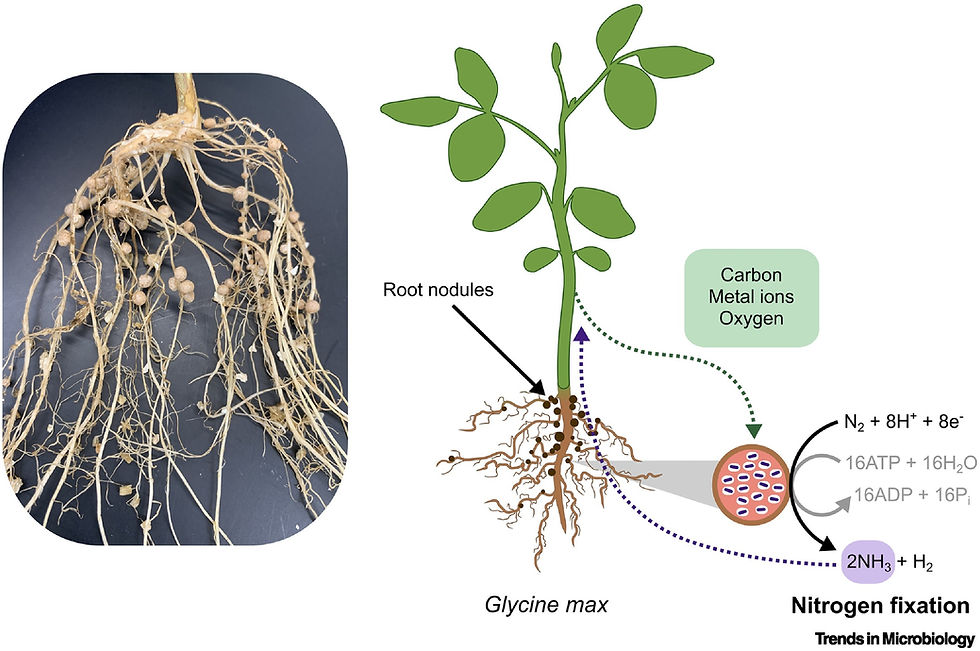Biological pest control agent profiles: Bacillus thuringiensis (Bt.)
- Miguel M.LS.

- Aug 9, 2021
- 2 min read
Updated: Dec 14, 2021
The crown jewel of biological pest control, Bacillus thuringiensis is a species of bacteria that has become one of the most frequently used (if not the most frequently used) biological insecticides around the world. Its insecticide properties appear when this bacterium (bacteria is the plural) enters the phase of its life called sporulation, in which bacteria turn into something similar to spores by dividing within their own cellular walls, with one part of those who have divided consuming the rest and entering into a dormant state. This behavior is triggered by environmental factors like drought or a lack of nutrients available, which is often the case when Bacillus thuringiensis is applied artificially on a field. As part of that process of sporulation, these bacteria produce a certain type of protein that interacts with the gut of insects who have consumed leaves or stalks that were inoculated with Bacillus thuringiensis: the insects eventually have their whole digestive systems disrupted, eventually stopping eating and dying of hunger. This can happen as soon as a few hours after having consumed the inoculated plants, or take as long as a few weeks, according to an estimate of the National Pesticide Information Center of the US.

These little creatures have saved millions of people from famine, among other achievements.
Bacillus thuringiensis is an absolute juggernaut of biological pest control, targeting pests as diverse as moths (tent caterpillars, tomato hornworm, date moth, flour moth), nematodes, beetles (such as the Western corn rootworm, Diabrotica virgifera virgifera), mosquitoes, and fungus gnats. Furthermore, it does all of this while respecting beneficial insects such as bees, butterflies, or other biological control agents such as lacewings or predatory wasps (because none of these consumes enough plant matter to contract a Bacillus thuringiensis infection), as well as being safe for human beings.
AGENT PROFILE
Common name(s): Bacillus thuringiensis.
Often-used species: Single species, with subspecies used to target specific pests (such as Bacillus thuringiensis israelensis for mosquitoes).
Type of predator: Non-predatorial (parasitic).
Potential damaging effects: No significant ones registered to date.
Interesting literature on its usage: A fact sheet on Bacillus thuringiensis, from pages 109 to 113 (2020), use against mosquitoes (2020), use against nematodes (2003), against fungus gnats (2001), a detailed paper on how the bacterium functions and its derivative use in non-organic, transgenic agriculture (1998).



Comments